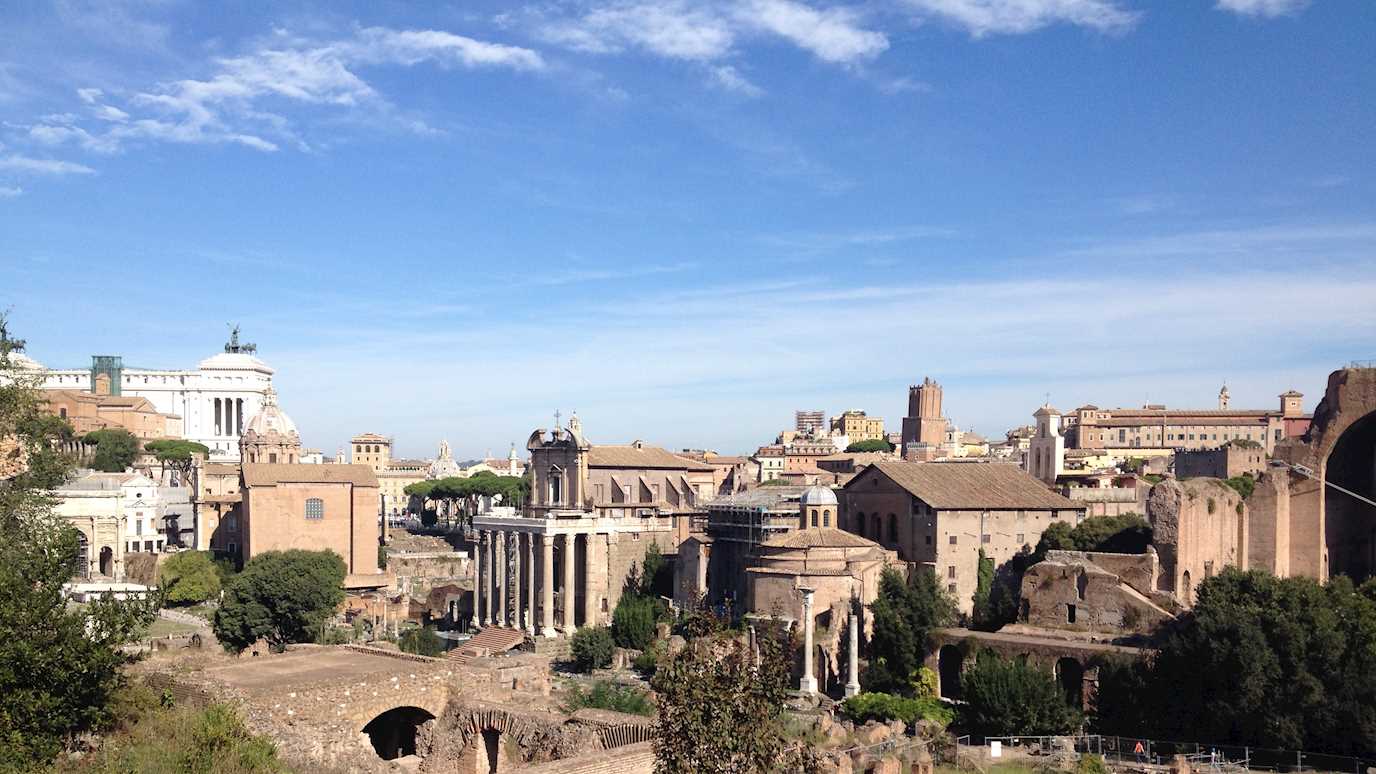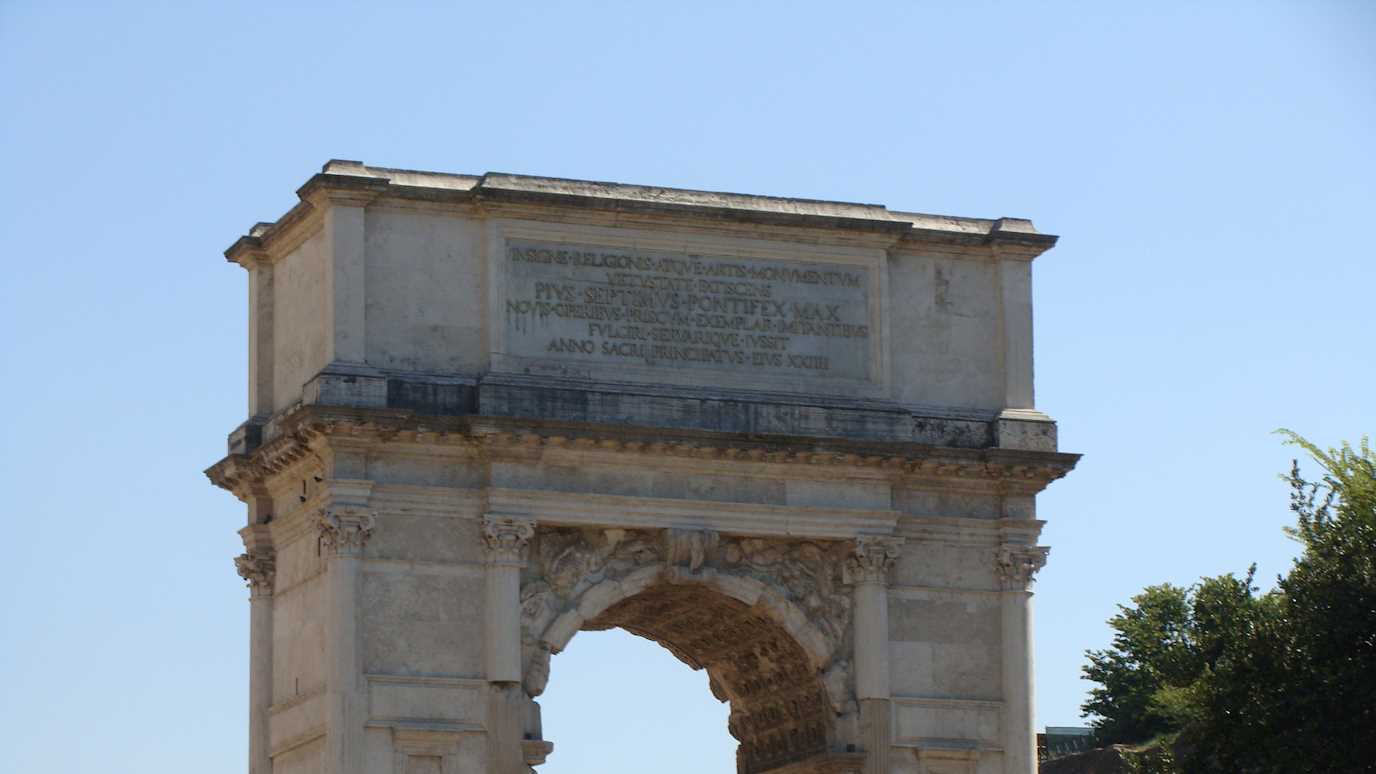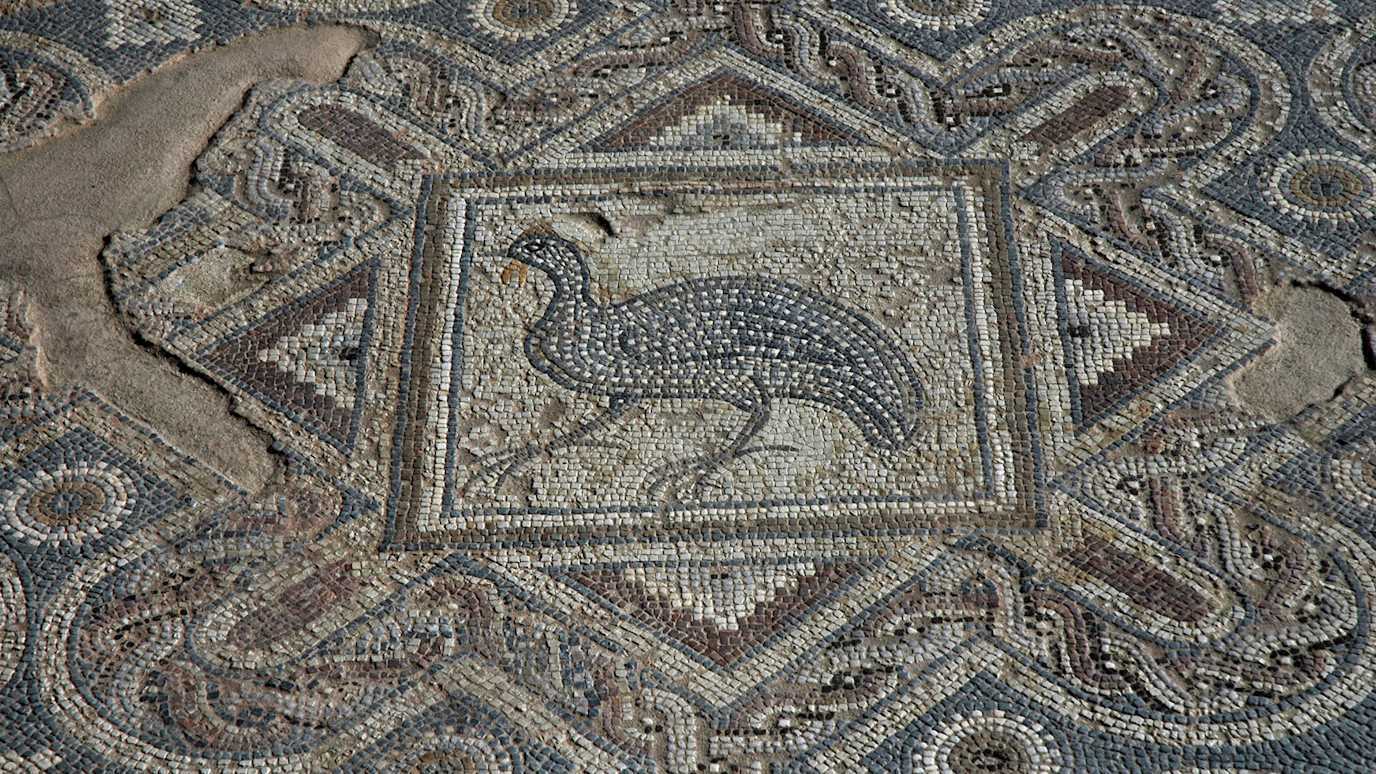Resources for students, teachers and anyone interested in the ancient world of the Greeks and Romans!
Drawing on our expertise in language and literature, history, archaeology and philosophy, we offer a range of activities and resources to help you open up and explore the classical past. Classics is for everyone! Whether you are studying or teaching a classical subject at school, or exploring the classical world independently, we have something to help and interest you. Here you’ll find a host of resources, many of which are designed to support and reveal new perspectives on key classical topics in the A-Level syllabus. Resources include videos of hot topics from our most popular taster talks, downloadable handouts full of key facts and materials, and information about how to arrange a visit to your school from one of our members of staff or a trip to our campus. You’ll also find our recommendations for great Classics resources and activities that are available online for free, as well as our favourite reading suggestions.
Our "Top Fives": classical encounters in popular culture
Dr Nick Lowe
Prepare to be bamboozled...
Mind-blowing novel: Gene Wolfe, Soldier of the Mist (1986). The final pages of Herodotus, but in Latin, with anterograde amnesia, and co-starring Pindar.
Classic unmade screenplay: Nicholas Meyer, The Odyssey (early 1990s). Stunning adaptation by the legendary Wrath of Khan screenwriter, available on his website.
Jaw-dropping book: Armand Marie Leroi, The Lagoon: How Aristotle Invented Science (2016). Why Aristotle’s biology blows the doors off everything we thought we knew about the history of science.
Barmy film: Giorgo Ferroni, Le baccante (1962). Insane Catholic spaghetti sword-and-sandal version of Euripides’ Bacchae. Skimpily-clad Dionysiac choreography by the future director of Footloose.
Maddest 42 minutes in TV history: “Athens City Academy of the Performing Bards”, Xena: Warrior Princess season 1 episode 13 (1996). I. can’t. even.
Dr Liz Gloyn
Classics on film
A Funny Thing Happened On The Way To The Forum (1966) – a classic musical number based on the plays of the Roman comedian Plautus, with music by Stephen Sondheim. Some of the jokes have dated a bit, but the film's attempt to recreate the messy, untidy reality of ancient Rome still stands out. And the songs are great.
Jason and the Argonauts (1963) – a film partly responsible for creating a generation of classicists, not least because of the animated monsters of Ray Harryhausen. A gripping version of a mythic favourite.
Pan's Labyrinth (2006) – set in the chaotic aftermath of the Spanish civil war, this film tracks the journey of the ten year old Ofelia as she is guided through three tasks by a mysterious Faun to prove her identity as the lost princess of the underworld. A fantastic example of how classical mythology can entwine with post-classical material.
Hercules (2014) – with its tongue firmly in its cheek and acknowledging its place in the sword and sandal genre, this film gives Dwayne 'the Rock' Johnson free reign as the titular hero. Among the playfulness are some surprisingly deep reflections on the nature of truth and myth.
Chi-Raq (2015) - Spike Lee directs this adaptation of Aristophanes' Lysistrata set among the violent gang culture of Chicago. If you have any doubts that classical literature can still speak to contemporary conflicts, this film will banish them.
Dr Erica Rowan
An archaeologist's favourites
Novels: Anything in Steven Saylor's Roma Sub Rosa series, but especially The Arts of Nemesis (1992), which is set during the slave revolt of 73-71 BCE that was led by Spartacus.
Films: Ridley Scott's Gladiator (2000), of course!
TV: HBO's Rome (2005-2007) – Game of Thrones has got nothing on this...
Popular scholarship: Naomi Sykes is a zooarchaeologist and has written some fascinating stuff about human-animal relations in the past. Her book, Beastly Questions: Animal Answers to Archaeological Issues (2014), is particularly great.
Archaeological site: In the UK, it's the incredible Roman baths at Bath, while in the rest of the world it has to be Petra in Jordan, because there's a new part to discover every time you visit.
Dr Siobhan Chomse
Paintings and poems
Titian (c.1490-1576) – In 2012, the National Gallery held an exhibition called Metamorphosis: Titian 2012. It brought together a group of specially commissioned works by contemporary artists and poets, choreographers, dancers and composers in response to three of Titian’s paintings inspired by Ovid’s Metamorphoses: ‘Diana and Actaeon’, ‘The Death of Actaeon’, and ‘Diana and Callisto’. The National Gallery website still hosts lots of material from this exhibition here, where you can look at Titian’s paintings while reading or listening to excerpts from Ted Hughes’ version of Ovid’s stories in his Tales from Ovid (2002).
Artemisia Gentileschi (1593-c.1654) – A brilliant painter of the baroque period, Gentileschi’s work often depicted women in biblical or classical scenes. Her ‘Lucretia’ (1623-25) is a remarkable example of one of the artist’s famous ‘heroines’: female figures cast in the guise of the classical (male) hero. Gentileschi’s painting of Lucretia shows us the way in which the gaze of the artist (female or male, empowering or exploitative) can offer a radical reinterpretation of a character or scene. Alongside this painting, I recommend reading both Livy’s account of Lucretia’s story (1.57-8) and Ovid’s version (Fasti 2.721-852): these accounts of the story are very different in tone but what they share is the objectification of Lucretia, which Gentileschi strongly rejects in her painting. You can find out more about Artemisia Gentileschi and her works here and about ‘Lucretia’ and four of Gentileschi’s other heroines here.
J.M.W. Turner (1775-1851) and Christopher Le Brun (1951-present) – Two for one here, since I’ve chosen paintings that both respond to the same episode from Virgil’s Aeneid: Aeneas’ time with Dido in Carthage in Books 1 and 4 of the poem. Turner painted a whole series of Carthage paintings, but my favourites are the pair that depict the sunrise and sunset (both literal and metaphorical) of this powerful but tragically fated city: ‘Dido Building Carthage’ (1815) and ‘Decline of the Carthaginian Empire’ (1817). Le Brun, a contemporary artist whose work is influenced by Turner’s, often draws on Virgil and other classical poets in his work. In my favourite of his paintings, ‘The Coast of Africa’ (2014), Le Brun represents in abstract form Aeneas’ arrival on the Libyan coast: here in a blaze of yellow and orange the viewer is offered an impression of the magnificent city looming on the horizon, perhaps burning already with the flames of the funeral pyre on which Aeneas will look back when he abandons Dido.
Barnett Newman (1905-1970) – Newman’s ‘Vir heroicus sublimis’ (1950-51) is not a painting directly inspired by or responding to a piece of classical literature, but it’s a work that always makes me think of one. My research focuses on the idea of the sublime, a concept with which Newman wrestled in his work, particularly his famous ‘zip’ paintings. When I look at ‘Vir heroicus sublimis’, I think of Lucretius’ Epicurus: the founding father of the philosophical school of Epicureanism, Epicurus is heroised in Lucretius’ poem On the Nature of Things (De rerum natura) into a godlike, sublime figure who breaks through the boundaries of the universe to liberate humankind from fear through understanding (you can read a translation here). With ‘Vir heroicus sublimis’ (‘man, heroic and sublime’) Newman asked, ‘If we are living in a time without a legend that can be called sublime, how can we be creating sublime art?’ It’s a question to which I think Lucretius would have believed he had the answer. Find out more about Newman’s painting here.
Louise Lawler (1947-present) – Lawler’s work focuses on photographing the work of others in a way that reframes and reinterprets the work for the viewer. My favourite of Lawler’s photographs is her ‘Statue before painting, Perseus with the head of Medusa, by Canova’ (1982). There’s lots going on in this image, but what I want to draw your attention to is the way that the photograph crops out Perseus’ claim to fame (Medusa’s head, which he brandishes as a weapon), leaving his genitalia dangling in the upper right corner, almost edged out of the frame by the ‘PAINTINGS’ at the centre of the image. As a classicist, what I like so much about Lawler’s image is that its effect is very similar to a joke cracked by Ovid in his Metamorphoses: read the Perseus episode closely (the end of Book 4 and beginning of Book 5) and you’ll find that Perseus isn’t quite the hero he claims to be.
Bonus! Ignasi Monreal for Gucci – For Gucci’s Spring/Summer collection in 2018, digital artist Ignasi Monreal created a campaign set in an eccentric fantasy world both ancient and modern populated with the characters and imagery of classical culture and mythology. It’s a stylish and surreal reinterpretation of classical imagery, which you can take a look at online here.























